Tofwerk, in association with its partner Aerodyne Research, is continuously supporting the operation of its mass spectrometers in challenging and remote locations.
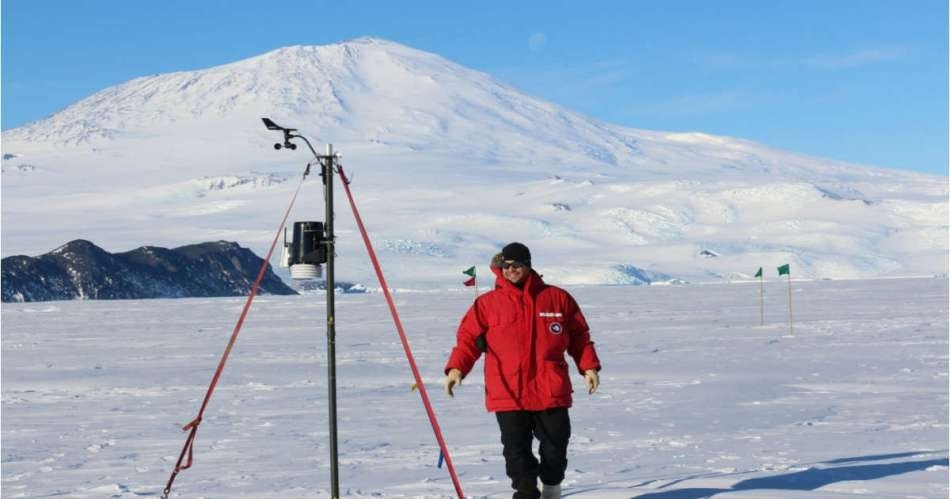
As part of different studies, three research teams deployed Tofwerk’s instruments in Antarctica in late 2014. To Tofwerk’s knowledge, it was the first time their technology was used on that continent.
Under the 2ODIAC campaign, a mass spectrometer was set up in a fish hut on the Antarctic ice by Professor Peter DeCarlo and his research team from Drexel University. This was done to determine the compositions of aerosols that may be related to the events of ozone depletion.
Major Themes of the Research
Professor DeCarlo's team was part of the Drexel Air Resources Research Laboratory (DARRL). This group, in particular, was keen to determine the composition of aerosol particles and trace gases present in the atmosphere, with applications in relation to fate and formation of aerosols in the atmosphere, ambient air quality, and emissions from anthropogenic activities such as natural gas development. A range of sophisticated analytical instruments, including mass spectrometry, was used by the team.
Significance Behind the Antarctica Campaign
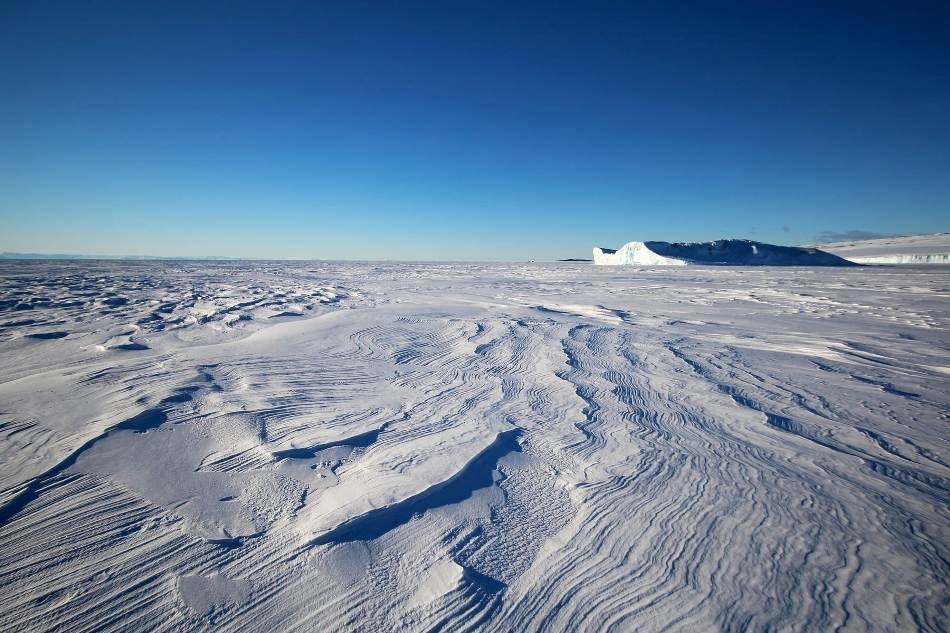
Photo compliments of P. DeCarlo, all rights reserved
Dr Lars Kalnajs — the group’s collaborator — had been performing measurements in Antarctica for more than 10 years. While Dr Kalnajs was on a measurement campaign, he found an association between ozone depletion events and aerosol particle concentration. Although the association was apparent, these preliminary measurements could not offer any chemical data related to the aerosol particles. One encouraging aspect of this study was connecting the particles’ chemical composition to the events of ozone depletion. The study was supported by the National Science Foundation (Award #: 1341628 and 1341492).
Easy and Potential Locations for Measuring the Properties of Aerosol Particles
According to Professor DeCarlo, this kind of measurement could not actually be made in other places. Not only is Antarctica relatively remote but there are also atmospheric phenomenon to be considered (for example, the ozone hole), which makes it rather special. In addition, for most part of the study, the research group had 24 hours of sunlight every day. In addition, thanks to the facilities preserved by the US Antarctic program, the logistics of these measurements had been easier in contrast to similar measurements if they had been made elsewhere. According to Professor DeCarlo, from a logistical standpoint, fieldwork in Antarctica is easier when compared to the measurements he made in other places.
Type and Application of Mass Spectrometer
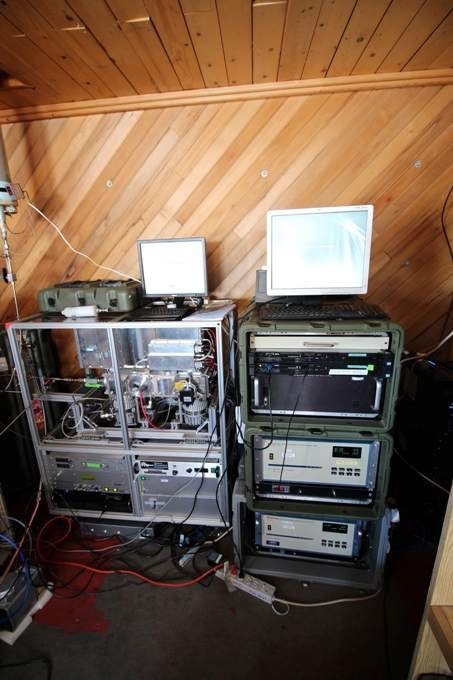
Aerodyne Aerosol Mass Spectrometer at the field site. (P. DeCarlo, all rights reserved)
An Aerodyne SP-AMS (soot particle aerosol mass spectrometer) integrated with a TOFWERK HTOF was deployed by the team. This instrument was capable of measuring the chemical composition, size, and quantity of aerosol particles present in ambient air, with the required sensitivity for Antarctica’s pristine environment. The team made continuous measurements for weeks in order to note the changes that had occurred in aerosols over time. Measurements like these were compared to data obtained from other instruments that were operated in parallel to establish, or rule out, relationships between aerosols and other aspects.
Description of the Field Site
$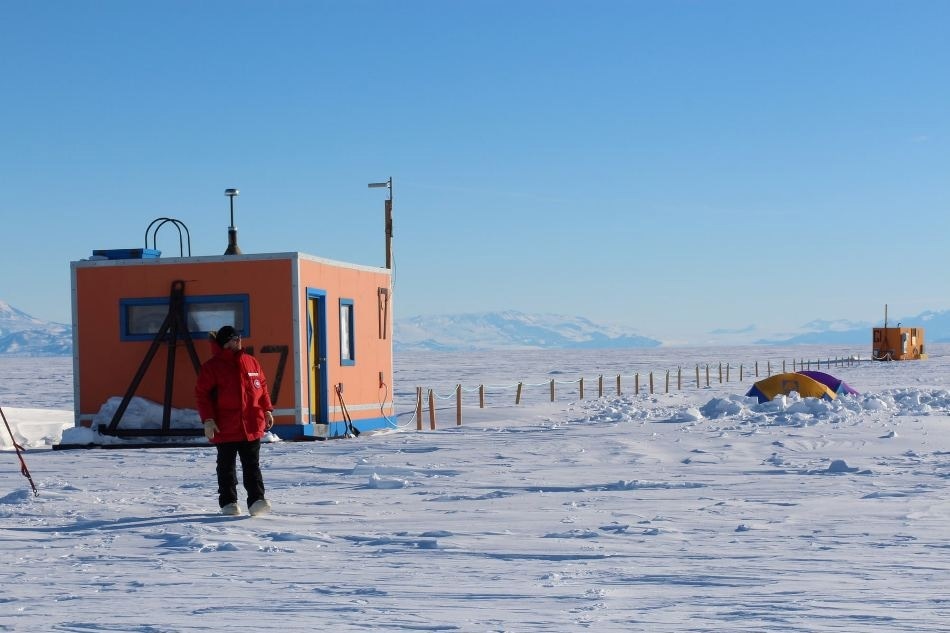
The fish hut was located on the ice, 30 km from McMurdo Station. (P. DeCarlo, all rights reserved)
The field location was merely a dot on the yearly sea ice (meaning it melts and freezes again each year), located roughly 30 km from McMurdo Station. All the instruments were kept in a “fish hut” fitted with a gas measurement inlet and a particle inlet. Diesel generators generated power, and these generators were kept in another fish hut approximately 150 m away and in a direction that was rarely, if ever, used to be upwind of measurements. The team had a direct communication link to McMurdo, which allowed access to the Internet. This enabled the researchers to remotely track their instruments, and maintain their Facebook page.
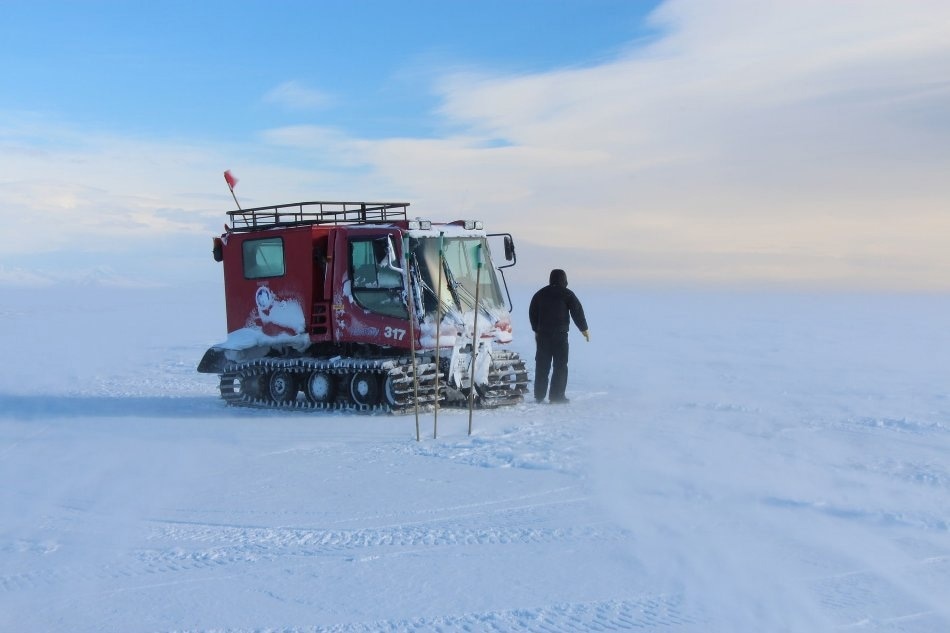
PistenBully for travel to the site. (P. DeCarlo, all rights reserved)
Although the researchers normally used snowmobiles to travel to the field site, they used a PistenBully whenever the weather conditions were not favorable, or if they had to bring equipment. The instruments were all housed in the fish hut before dragging this hut behind a bulldozer to the field location. Since the sea ice is relatively flat and the fish hut was positioned on big skis, the ride was smoother than it would normally have been in another vehicle.
Challenges Faced at Field Site: Operation of the Mass Spectrometer and Lack of Food and Supplies
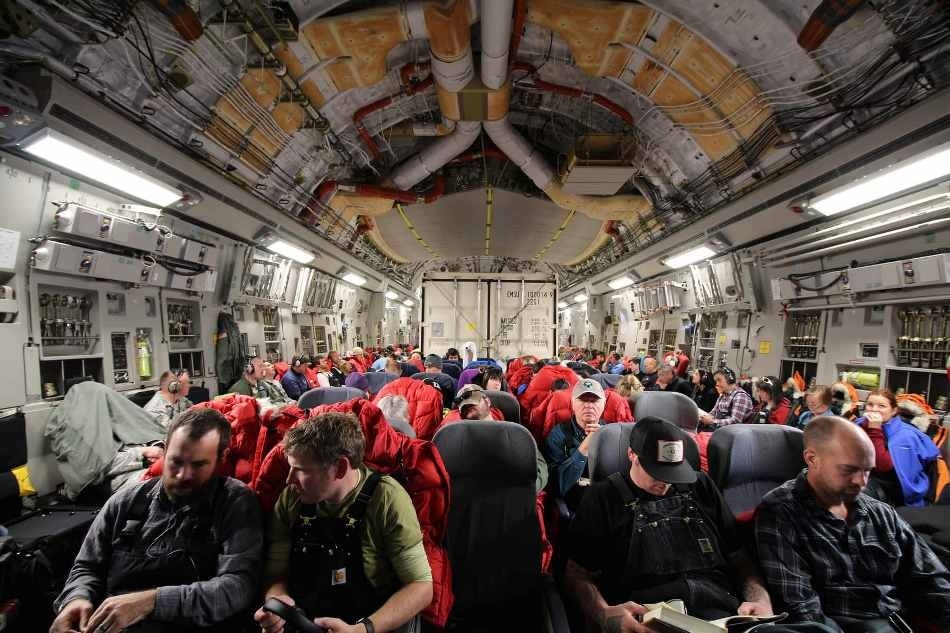
The long trip to Antarctica. (P. DeCarlo, all rights reserved)
For researchers, their major concern was low temperatures but this did not pose a major problem. There was sufficient power, and in case there was a generator problem, the team had a massive battery backup system in place to maintain the essential instruments. However, the researchers initially faced some problems with power, but the backup system worked relatively well.
The researchers assessed their packing list several times, and generously added items to the boxes at the time of packing. According to them, there was not much of a “plan B,” albeit they had found that one of their friends was also coming down to McMurdo several weeks after they reached there. Therefore, in case the researchers required something that was not too large, they could have easily requested their friend to bring it down there.
Impact of Work Schedule on Exploration and Recreational Activities
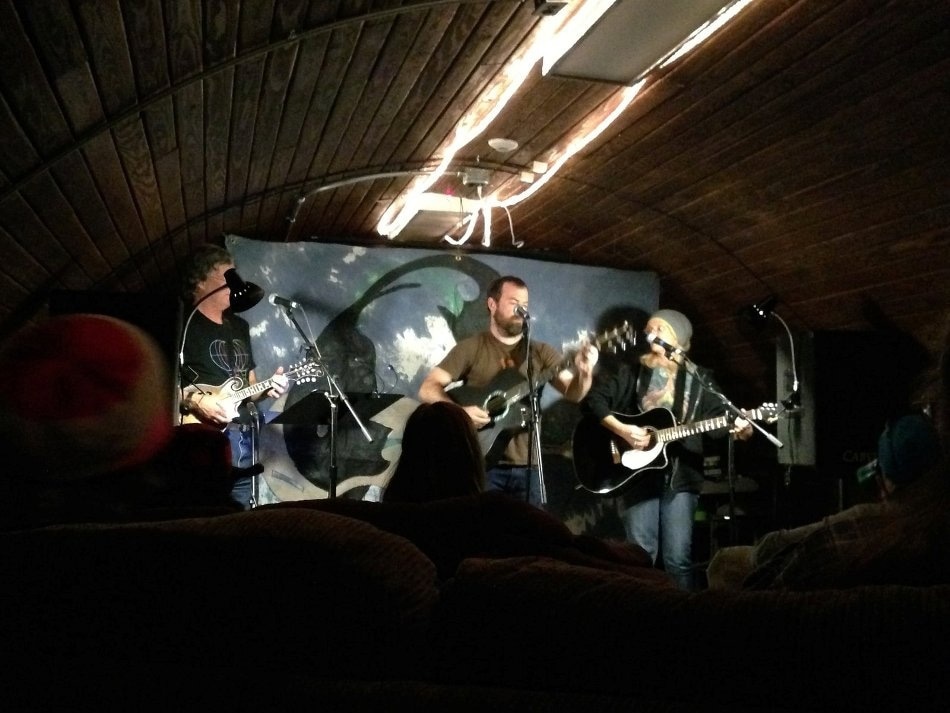
A member of the 2ODIAC team performs at the McMurdo base. (P DeCarlo, all rights reserved)
The team members had some downtime to enjoy the place. They came to know that there are a few historic supply huts in the region that were used for storing food and supplies for early explorers in Antarctica. Apart from the historic sites, the area also contains several trails that can be investigated, and for those wanting to remain on base, three bars are also there, stated the team.
Communication with the Real World
According to the researchers, they were easily able to communicate with the world, thanks to their beepers, VHF radios, and satellite phones. However, among this lot, iMessage proved as one of the handiest forms of communication. All the members had iPhones and the field site also had WiFi — a combination that provided one of the most direct and simplest forms of communication. A number of the team’s Facebook posts were made from a fish hut in the center of the sea ice located 30 km from anything approaching civilization. There were also telephones on base, which could be used by the team to make calls to the United States, and all that was required was a calling card. The calls were free for those in the 720 or 303 area codes.
Pros and Cons of the Freezing Environment
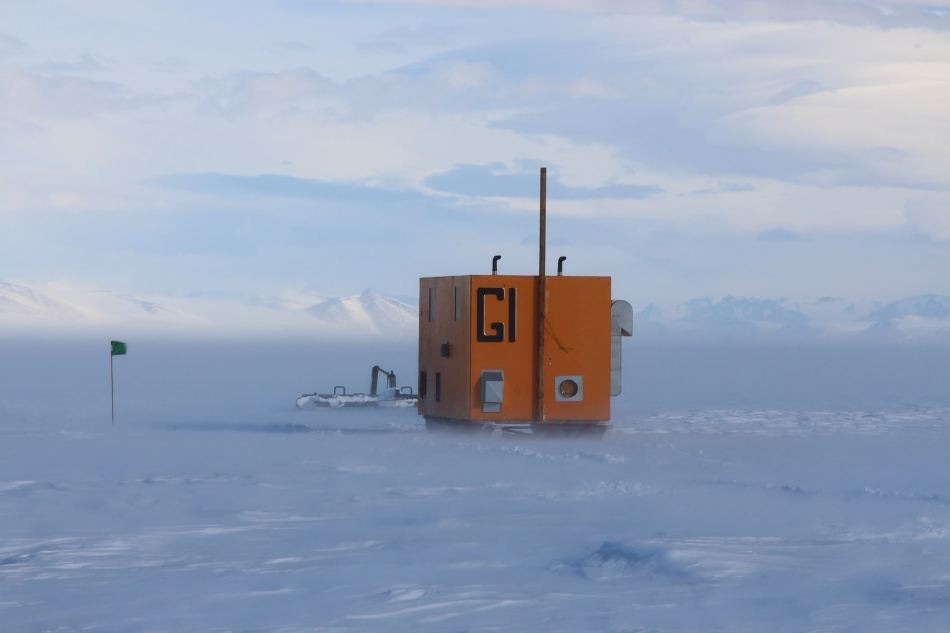
P. DeCarlo, all rights reserved
According to the researchers, it was a mix of both — that is, in the first two weeks they were there, the weather was rather terrible. Many incoming flights were canceled because of the lack of visibility caused by the blowing snow. Windchill dropped to the –40 °C/–40 °F range and people were not allowed to step out from the base. After those first two weeks, the weather considerably improved, and by the time Professor DeCarlo left, the temperatures were 20 °F with sunny skies.
What Next?
The researchers studied the data and found a few interesting observations and trends. They were thrilled about the ~5 weeks of data. The next trip was carried out in September 2015.

This information has been sourced, reviewed and adapted from materials provided by TOFWERK.
For more information on this source, please visit TOFWERK.